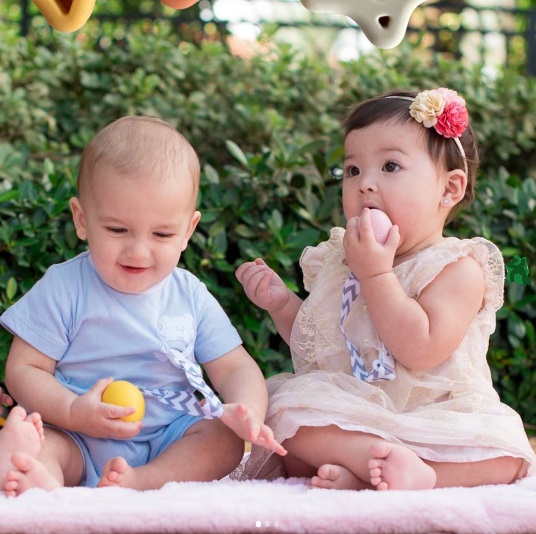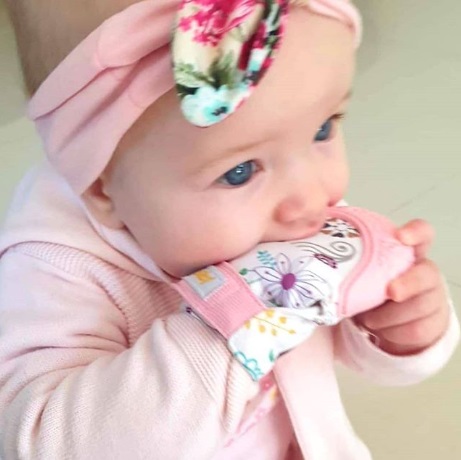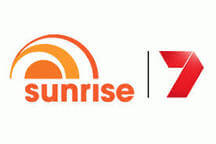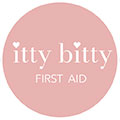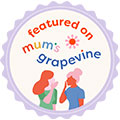When Do Babies Start Teething?
Posted by Ashlyn Andrews on 1st Sep 2021
Teeth begin forming in the gum around the 4th month of pregnancy. At birth, infants already have a full set of 20 primary teeth/milk teeth (10 in the upper and 10 in the lower jaw) hiding within their gums.
Generally, teeth begin to protrude through the gum around 6 months of age, but there's no specific age when babies start teething. Some babies may start feeling the pain and discomfort of teething as early as 3 months. Others may not have a tooth poke through the gum until 9 months+.(Source: Hopkins Medicine)
It's a big deal for both parents and baby when that first tooth appears. Here is the general order of break through (Source: Panadol.com)
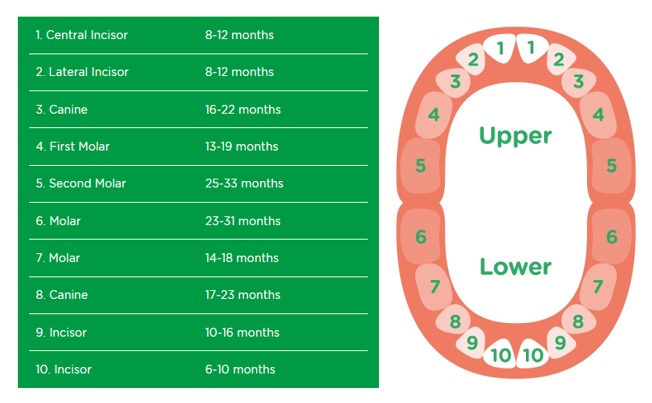
The process of teething takes around 8 days - 4 days before protrusion, and 3-4 days after. This process is known as tooth eruption and can cause pain and discomfort.
Here are some signs your baby may be teething:
- Soreness or redness on the gum where the tooth is coming through.
- Flushed cheek(s) on the side where teeth are coming through.
- Rubbing their ear.
- Dribbling/drooling more than usual.
- Gnawing and chewing on things a lot.
- Whinging more than usual, and being harder to comfort and settle
- Loss of appetite
- Wakefulness. If your once great sleeper has begun waking up at night or is refusing to take naps, it may be a sign of teething.
Can Teething Cause A Fever?
There's no clear evidence to indicate teething causes fever or diarrhoea. If your baby does have a temperature above 38 degrees, it is likely caused by another infection or virus. Always consult a medical professional if temperature is over 38 degrees.
Can Teething Cause a Runny Nose?
Doctors advise that teething does not directly cause a runny nose. However, there may be an indirect link and that the stress of teething may make infants more vulnerable to infections, which can cause symptoms such as a runny nose.
Between the ages of 6 months and 2.5 years, the 20 baby teeth come through, and the immune system changes. During this period, the protection that an infant was born with and may have received through breastmilk starts to decrease.
At the same time, babies are beginning to interact more with the wider world and are becoming increasingly exposed to childhood illnesses.
Infants also tend to chew on things during the teething process, and this can expose them to germs.
How To Treat Teething
The good news is that there are many options for treating teething. Over-the-counter pain-relief medicines, including ibuprofen or paracetamol, may help to dull the pain. Check-in with your medical professional before giving your baby pain medication. They'll guide you with specific recommendations and dosage information.
A teething toy can provide both relief and distraction. Teething Egg is a sensory toy with a clever clip to stop it dropping to the floor. The Teething Egg can be placed in the freezer as the cold can further soothe the gums.
The Teething Mitt is a clever sensory teething toy can is worn like a glove and fastens with velcro. It has a mixture of textures and materials to soothe little gums, and keep minds active, without the risk of the toy falling out of little hands.
There are also several ways to soothe your teething baby, including refrigerating your baby's teething ring or using a clean finger to apply pressure on the gums. A warm bath and gentle rocking may also help to calm and relax the child.
When Do I Start Brushing My Child's Teeth?
Dentists recommend using a clean, wet cloth to gently clean your baby's mouth, even before the first tooth arrives. A silicon teething brush can be used from 3 months and helps your little one with fine motor hand skills and grip. Always supervise when using a toothbrush.
Toothpaste is not as important in the early stages before the tooth protrudes, as the main focus is removal of bacteria.
Follow these tips when taking care of your baby's teeth:
- Brush with an infant silicone toothbrush using water before the 1st tooth appears, to clean the entire mouth area.
- When the first tooth appears, use a fluoride-free, natural toothpaste like Jack and Jill
- When your baby's teeth touch, you can start flossing.
- Around 2, gradually introduce fluoride toothpaste to your child's brushing routine. You can also start teaching your child to spit while brushing.
Teething is an important milestone in your little one's life. Be prepared, and be ready to comfort and they will hopefully experience only mild teething symptoms. Before you know it, you will have a happy toddler with a pearly white, toothy smile!
Disclaimer: We are not doctors or healthcare professionals. Information given is general only and products are offered with general use guidelines provided by the manufacturer. Should any sensitivity to our products occur, please discontinue use. Our products are not intended to diagnose, treat, and/or take the place of medical treatment prescribed by a doctor or medical professional.
For more great info on must have baby products - head to Upzeez



